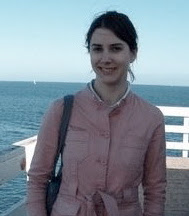While the first round of articles I read last week were definitely a bit over my head, I feel I am starting to understand better the whole concept of EAD and how it works. I generally need to try something out in order to really grasp it, so the time I spent yesterday actually working with an EAD document was pretty helpful. Jen had Joanna and I copy an EAD template online from a finding aid for a collection at the UC Irvine libraries, and replace the content with elements from Iowa Women's Archives finding aids. It was good practice, and helped me see how an EAD document is structured and how it relates to an HTML finding aid. I could only get so far with the document because the UC and UI finding aids were structured differently enough that they appeared to be only partially translatable. I also didn't understand what all the tags meant. There's still a steep learning curve to overcome, but it has gotten a little less intimidating.
On Thursday, Joanna, Jen and I had a meeting with Greg Prickman from Special Collections. The purpose was to assess the scope and format of finding aids currently being used in that department, to give us a clearer idea of what we'll be dealing with in planning the EAD migration. Joanna and I prepared a set of questions about the collections and how they are described. We learned that there are approximately 2,000 finding aids, and that they are all in HTML created from a standard template. This is good news, as it should make the creation of EAD records easier.
We will also schedule meetings with representatives from University Archives and the Iowa Women's Archive to learn about their collections. Next week, we will revisit the EAD templates we started; meet with Sue Julich to get an introduction to Archon, an archival information system; and continue doing research.
